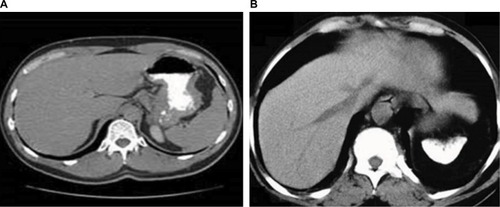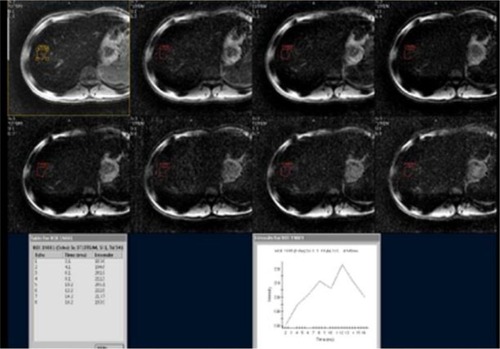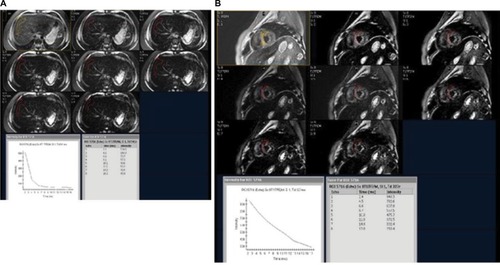Figures & data
Figure 1 Non-contrast CT scans.
Abbreviation: CT, computed tomography.

Figure 2 Normal axial T2* of liver of a 21-year old male patient with a known case of β-thalassemia on regular blood transfusions.

Figure 3 Axial T2* of liver and heart of a 24-year old female patient with a known case of β-thalassemia major on chronic blood transfusions.

Table 1 Comparison of iron chelators
